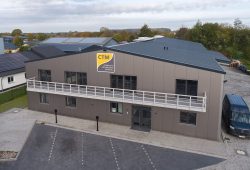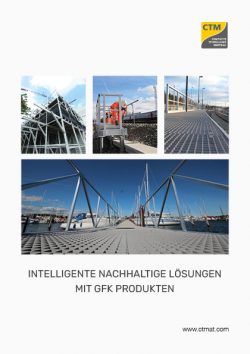Table of Contents
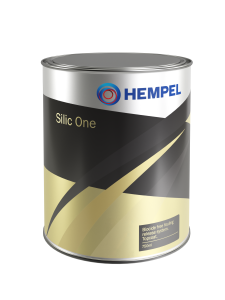
Silic One — Fouling Release System
Discover Hempel’s latest innovation and technological excellence — the new silicone-based Silic One Fouling Release System!
This fantastic, biocide-free silicone and hydrogel-based product imparts water-like properties to the coating surface. This makes it harder for fouling organisms to settle on the hull and fall off faster when the boat is in motion.
What is a Fouling Release System?
- Underwater coating to prevent fouling
- Creates a non-stick surface
- Copper-free
What is Hydrogel?
Hydrogel is based on unique, non-reactive polymers that are added to the coating and form an invisible protective layer between the hull surface and the water. Fouling organisms perceive the hull as a liquid and are therefore much less likely to adhere.
Structure of the hydrogel after removal
The polymers responsible for the formation of hydrogel are evenly distributed in the coating. When the original hydrogel is removed, a new hydrogel layer forms immediately when the polymer responsible for hydrogel formation comes into contact with water.
| Antifouling | Silicone Fouling Release | |
| How it works | Antifouling (fouling prevention) works by the controlled release of biocides that prevent fouling organisms from adhering to the boat. Upon contact with water, the top antifouling layer activates and the biocides it contains are continuously released. | Unlike antifouling, the Fouling Release System does not use biocides. This silicone and hydrogel-based product imparts water-like properties to the coating surface. This means that fouling organisms can no longer settle so easily on the hull and fall off more quickly when the boat is in motion. |
| Difference in cost | In the first year, the cost of antifouling is lower compared to the silicone-based fouling release system, but maintenance costs from the second year onwards are higher. | The Fouling Release System is more expensive in the first year, but you save on maintenance in the second and third years. Silic One reduces friction and consequently provides higher speed and fuel savings. |
| Types of boats | Depending on the type of boat building material and other factors, there are different types of antifouling. | The Fouling Release System can be used for all boatbuilding substrates except wood. Sometimes more fouling forms, sometimes less. The frequency of use of the boat and sailing speed play a decisive role. Optimum performance is therefore to be expected with motor boats. |
Cleaning during the season
Hempel’s Silic One is very easy to clean. Simply clean the surface with fresh water from a pressure washer. Alternatively fine-pored they can also use a sponge or cloth and then rinse with a hose. Be careful not to scratch the surface when cleaning. On fast powerboats, Hempel’s Silic One has a self-cleaning effect. On slow boats such as sailboats, the coating can be cleaned as often as desired/required to produce a perfectly clean surface with extremely low friction.
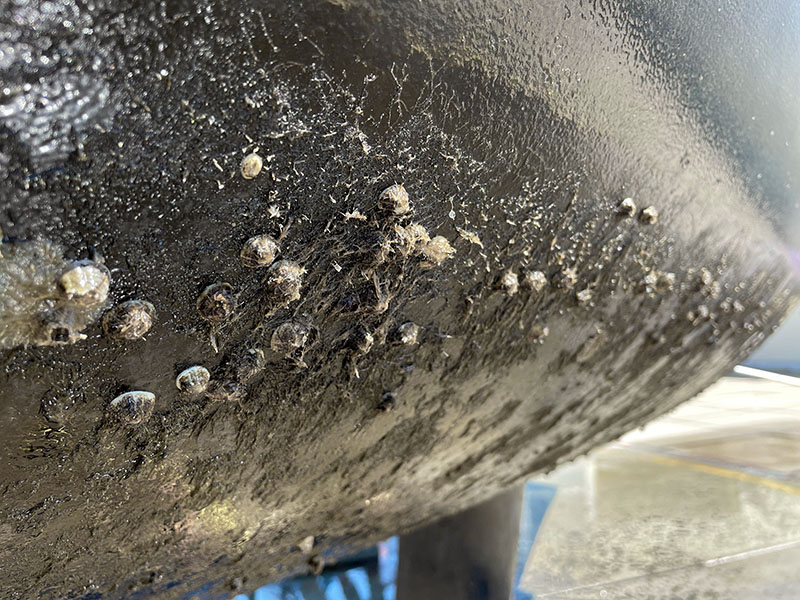
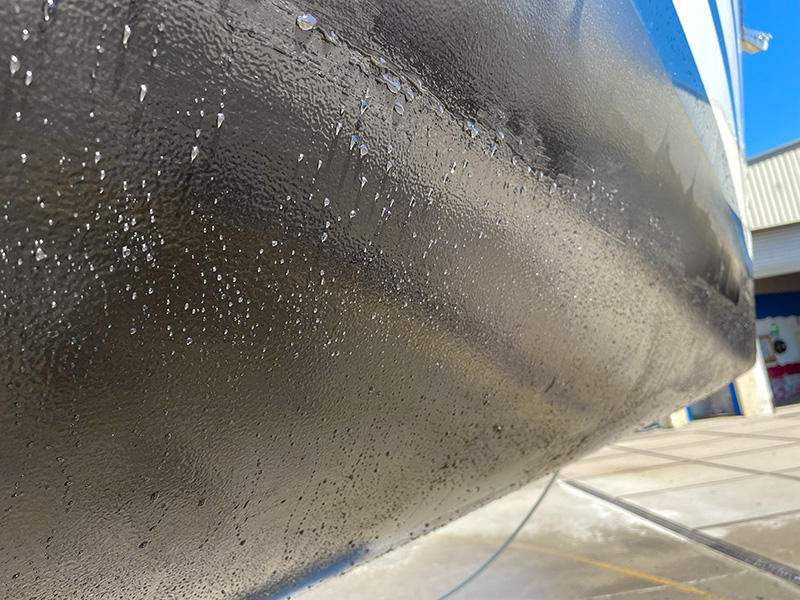
Maintenance
The maintenance of Hempel’s Silic One is simple and easy. Maintenance costs are lower than for classic antifouling. To keep the paint build-up effective, a new top coat should be applied every other year. The Hempel’s Silic One build-up is more efficient when the boat stays in the water. If the boat is used in areas with extreme environmental conditions or is in dry dock for an extended period of time, a new deck coat may be required every year.
